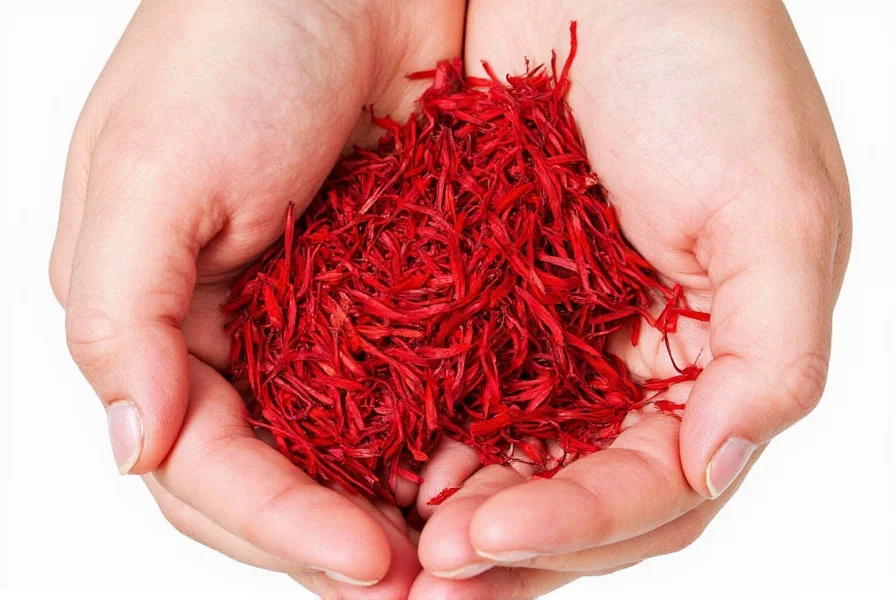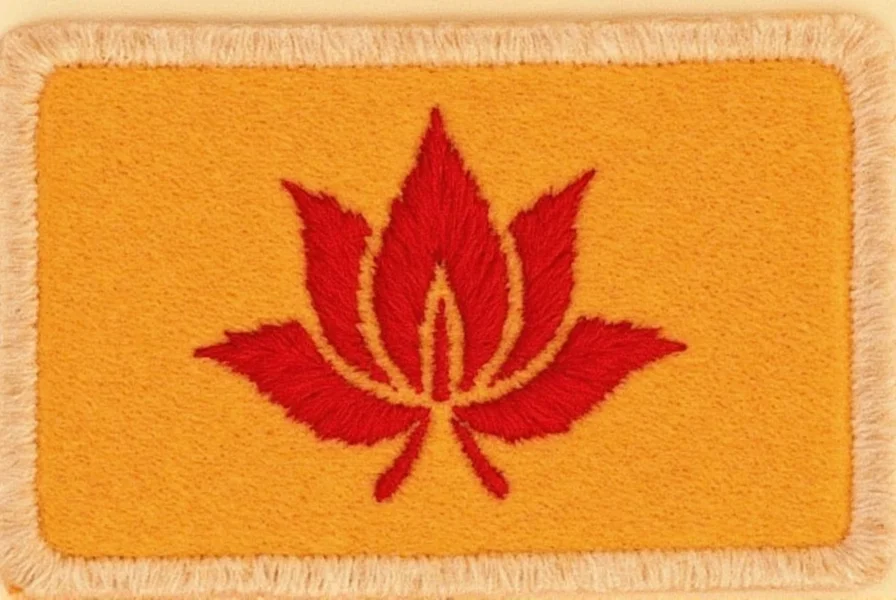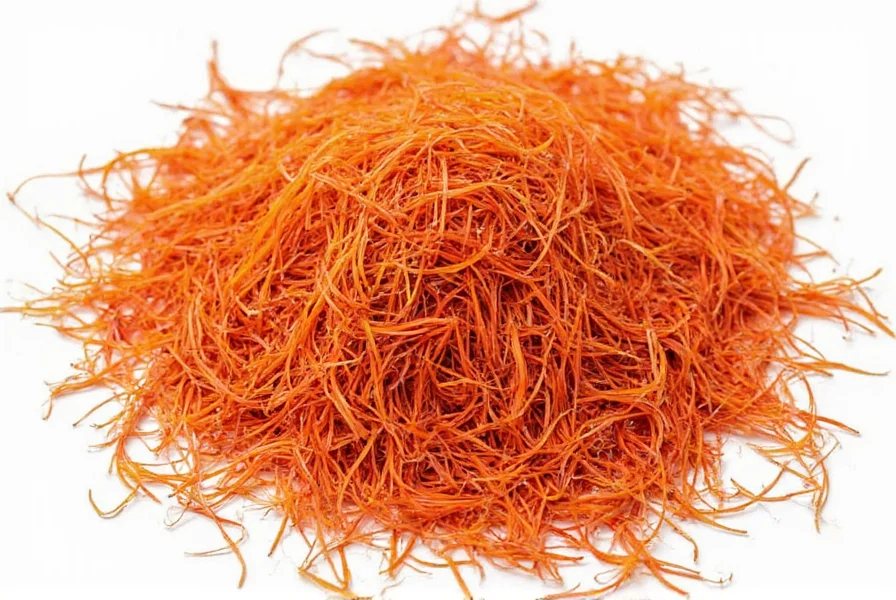Understanding the meaning and application of saffron patches requires examining their historical roots and current religious contexts. This distinctive color has served as a spiritual identifier for centuries, carrying profound symbolism that continues to influence religious practices today.
Historical Origins of Saffron in Religious Practice
The use of saffron-colored garments traces back to ancient India, where natural dyes from the crocus sativus flower created the distinctive hue. Early Buddhist monks adopted saffron robes around the 6th century BCE, following the Buddha's recommendation to wear " robes the color of the earth " after it had been stained with saffron. Hindu sadhus (holy men) similarly embraced saffron as a symbol of renunciation from material life.
Traditional saffron dyeing involved a labor-intensive process where cloth was soaked in water infused with saffron threads, turmeric, or Indian madder root. The resulting color wasn't merely decorative but represented the wearer's commitment to spiritual pursuit over worldly concerns. Though modern religious garments typically use synthetic dyes for consistency and affordability, the symbolic meaning remains unchanged.
| Religious Tradition | Symbolic Meaning | Common Usage |
|---|---|---|
| Hinduism | Purity, sacrifice, and the fire of spiritual knowledge | Worn by sadhus, swamis, and religious teachers; used in temple decorations |
| Buddhism | Humility, simplicity, and the Middle Path | Monastic robes; ceremonial banners; meditation cushions |
| Sikhism | Spiritual sovereignty and courage | Nishan Sahib (religious flag); ceremonial garments |
Modern Interpretations and Applications
Today's saffron patch meaning extends beyond traditional religious contexts while maintaining core symbolism. Many spiritual seekers incorporate small saffron patches into their clothing as personal reminders of their spiritual commitments. Contemporary yoga practitioners sometimes use saffron-colored meditation shawls or altar cloths to create sacred space.
The precise shade of saffron carries significance in religious contexts. Traditional saffron sits between orange and yellow on the color spectrum, distinct from the brighter orange used in some modern interpretations. This specific hue represents the perfect balance between the fire (red) and purity (yellow) elements in spiritual practice.

Cultural Sensitivity Considerations
When exploring saffron patch symbolism, cultural sensitivity remains paramount. The color has gained political associations in some regions that differ from its spiritual origins. Understanding the difference between religious saffron and politically co-opted versions requires attention to context, shade, and usage.
For those interested in incorporating saffron elements into personal practice, consulting with religious authorities from the relevant tradition provides appropriate guidance. Many spiritual communities welcome sincere inquiry while emphasizing respect for sacred symbols' proper usage.
The enduring significance of saffron patches demonstrates how color can carry profound spiritual meaning across generations. Whether examining historical practices or contemporary applications, the saffron patch meaning continues to represent humanity's enduring search for spiritual truth and connection.

Common Misconceptions About Saffron Symbolism
Several misunderstandings persist about saffron-colored religious elements. Many assume saffron patches always indicate high religious rank, when in reality they often signify basic monastic commitment. Others confuse saffron with plain orange, overlooking the specific historical dye processes that created this distinctive hue.
Understanding the difference between saffron and orange religious garments requires examining both color saturation and cultural context. Authentic saffron maintains yellow undertones absent in pure orange dyes, reflecting its origins in natural plant-based coloring processes.
Frequently Asked Questions
What does a saffron patch symbolize in Hinduism?
In Hinduism, a saffron patch represents purity, sacrifice, and the fire of spiritual knowledge. It symbolizes the wearer's renunciation of material life and commitment to spiritual pursuit. The color specifically references agni (fire), one of the five sacred elements in Hindu philosophy, representing transformation and purification.
How is traditional saffron dye created for religious patches?
Traditional saffron dye uses natural sources like crocus sativus threads, turmeric, or Indian madder root. The process involves soaking cloth in water infused with these materials, often requiring multiple treatments to achieve the proper hue. Modern religious patches typically use synthetic dyes that replicate the traditional saffron shade more consistently and affordably while maintaining the symbolic meaning.
What's the difference between saffron and orange in religious contexts?
The key difference lies in the color composition and symbolism. Authentic saffron contains yellow undertones creating a distinct orange-yellow hue, while plain orange lacks these yellow elements. Historically, saffron's specific shade resulted from natural dye processes, representing the balance between fire (red) and purity (yellow). Religious traditions maintain this specific color distinction to preserve symbolic meaning.
Can non-religious individuals respectfully use saffron patches?
Non-religious individuals can respectfully incorporate saffron elements with proper understanding and context. Many spiritual teachers recommend consulting with religious authorities before adopting sacred symbols. When used for genuine spiritual practice rather than fashion statements, and with awareness of cultural significance, saffron patches can serve as meaningful personal reminders of spiritual values across traditions.











 浙公网安备
33010002000092号
浙公网安备
33010002000092号 浙B2-20120091-4
浙B2-20120091-4